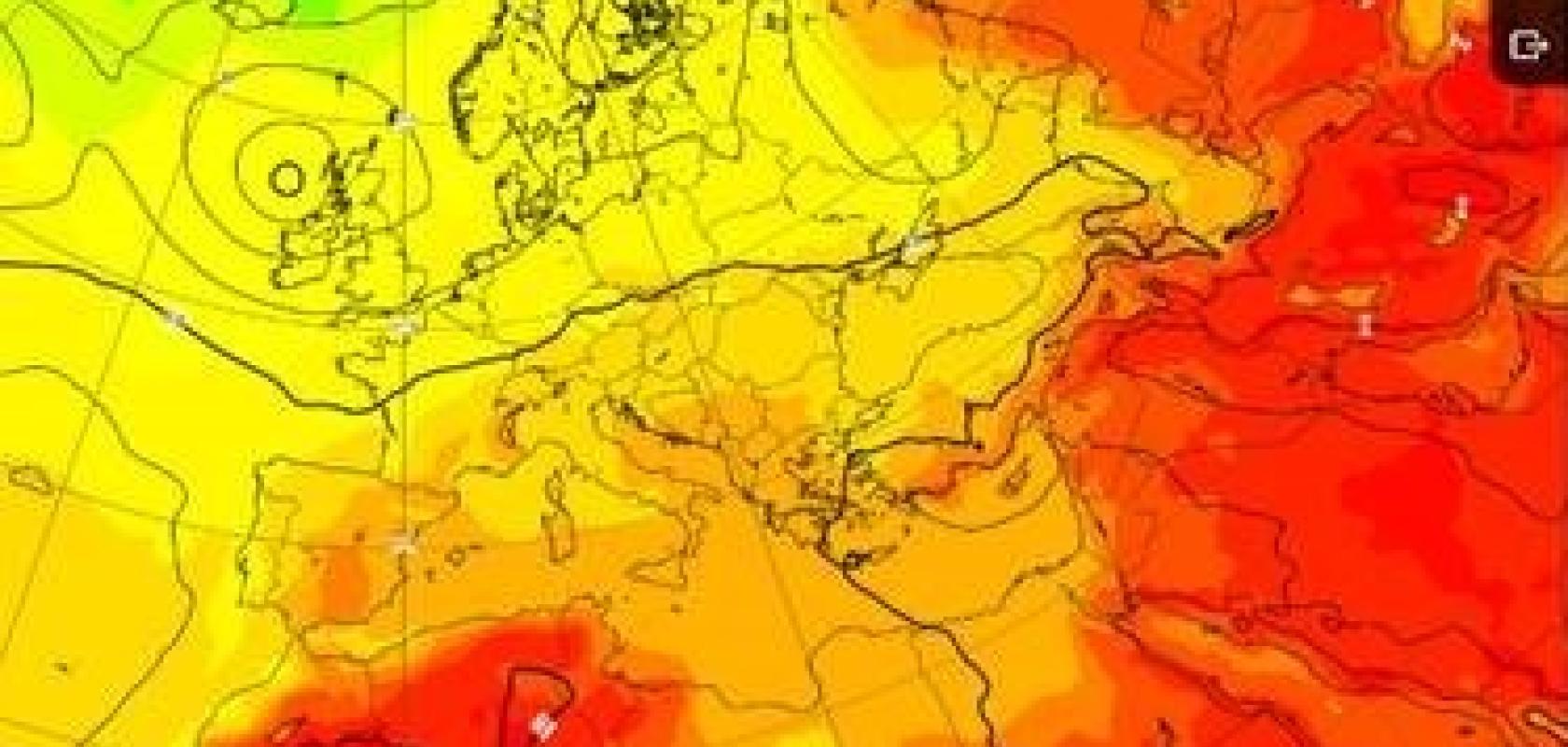Global weather forecasters, meteorologists, weather enthusiasts, and the general public can now view and interact with Pangu-Weather's 10-day global weather forecasts for free via the website.
Pangu-Weather is the first AI prediction model to demonstrate higher precision than traditional numerical weather forecast methods. The model allows upto a 10,000x improvement in prediction speed, reducing global weather prediction time to just seconds.
ECMWF’s technical report titled “The rise of data-driven weather forecasting”, provides independent verifications of Pangu-Weather’s capabilities. The report includes a comparison between the forecasts made by Pangu-Weather and the ECMWF IFS (a global numerical prediction method system) from April to July this year. It highlights that "the results are very promising, with comparable skill for both global metrics and extreme events, when verified against both the operational analysis and synoptic observations”.
According to the report, the uptake of machine learning (ML) methods like Pangu-Weather can deliver a step-change in accelerating the incremental and slow progress of traditional numerical weather prediction (NWP) methods, which come with a high computational cost. ML models are poised to revolutionize weather forecasting with forecasts that require much lower computational costs and are highly-competitive in terms of accuracy.
ECMWF is now running a series of data-driven forecasts as part of its operational suite. The ECMWF website shows the forecasts made by Pangu-Weather in six different types of charts, which are critical to predicting the development of weather systems, storm trajectories, air quality, and weather patterns. In fact, Pangu-Weather was recently used to predict the path of Typhoon Dusuri in east China's Fujian Province.
Dr Tian Qi, Chief Scientist of HUAWEI CLOUD AI Field, an IEEE Fellow, and Academician of the International Eurasian Academy of Sciences, epxlains: “Weather forecasting is one of the most important scenarios in the field of scientific computing because meteorological prediction is a very complex system, yet it is difficult to cover all aspects of mathematical and physical knowledge. AI models can mine statistical laws of atmospheric evolution from massive data. At present, Pangu-Weather mainly completes the work of the forecast system, and its main ability is to predict the evolution of atmospheric states. Our ultimate goal is to build weather forecasting framework using AI technologies to strengthen the existing forecasting systems. "
ECMWF has called for more efforts from the global weather forecasting community to use AI models as additional components of their forecasting systems and to further explore the strengths and weaknesses of such models.


